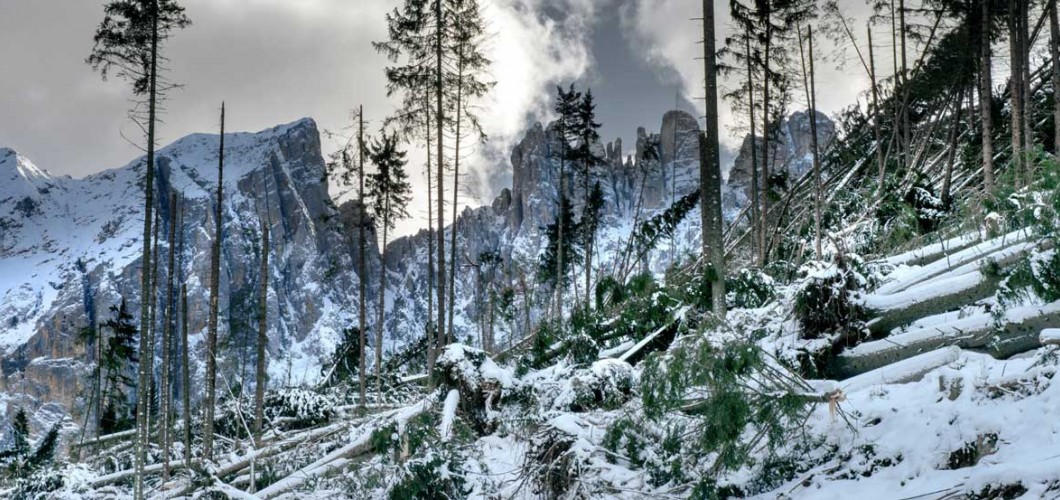
First Aid After an Avalanche: Critical Intervention for Survival
Introduction
For those involved in mountaineering, skiing, snowboarding, or hiking in snowy regions, avalanches pose a serious threat. An avalanche can bury people and equipment in seconds, leading to suffocation and hypothermia.
In this guide, we will explore avalanche prevention methods, what to do during an avalanche, and essential first aid techniques to apply after an avalanche.
1. What is an Avalanche and How Does It Occur?
An avalanche is a rapid flow of snow down a slope due to the instability of the snowpack. The main factors influencing avalanche formation include:
- Slope Angle: Avalanches typically occur on slopes with an angle of 30° to 45°.
- Weak Snow Layers: If freshly fallen snow does not bond well with the underlying layers, the risk of an avalanche increases.
- Weather Conditions: Heavy snowfall, wind accumulating snow in specific areas, or sudden temperature changes can trigger avalanches.
- Human Activity: Skiers, snowboarders, and climbers can disturb unstable snow layers, triggering an avalanche.
Before heading into avalanche-prone areas, always check weather forecasts and avalanche risk reports.
2. What to Do When an Avalanche Starts?
Surviving an avalanche requires quick and informed action.
- As soon as the avalanche starts, move sideways. Instead of trying to outrun it downhill, moving perpendicular to its path increases your chances of escape.
- Drop any heavy gear. Skis, snowboards, or backpacks can slow you down.
- Try to grab onto a tree or rock. If escaping is impossible, holding onto a large object may help you stay in place.
- If you get caught in the avalanche, use a swimming motion to stay close to the surface.
- Before getting buried, extend one arm upward to leave a sign for rescuers.
3. How to Survive Being Buried in an Avalanche?
If you find yourself buried under the snow, staying calm and conserving oxygen is crucial.
- Quickly create an air pocket around your nose and mouth.
- Determine your direction by performing the spit test—gravity will cause your saliva to fall downward, helping you figure out which way is up.
- Minimize movement to conserve oxygen and avoid hypothermia.
- If you have an avalanche transceiver, activate it to signal your location.
- If you cannot be heard, avoid shouting excessively to preserve energy.
Survival time under the snow is typically 15 to 30 minutes. Conserving oxygen is critical until rescue arrives.
4. Rescue and First Aid After an Avalanche
If you survive an avalanche or are attempting to rescue someone, time is of the essence. A person buried in snow has a 90% survival rate if rescued within 15 minutes, but survival chances drop significantly after that.
Avalanche Rescue Steps
- Ensure safety first. Check for any risk of a secondary avalanche.
- Use an avalanche transceiver to locate signals. Most professional skiers and climbers carry these devices.
- Probe with an avalanche rescue pole. This helps pinpoint the buried person’s location.
- Dig carefully. Prioritize uncovering the head and chest to enable breathing.
- Prevent hypothermia. Remove wet clothing and wrap the person in dry, warm materials.
- Check for consciousness and breathing. If needed, perform CPR.
Always call for emergency medical assistance after rescuing an avalanche victim.
5. Avalanche Safety and Prevention
The best way to survive an avalanche is to avoid getting caught in one. Here are key prevention strategies:
- Take avalanche safety training. Learning about avalanche formation and escape techniques can be lifesaving.
- Carry essential avalanche rescue gear. Always have a transceiver, probe, and shovel.
- Avoid high-risk areas. Steep slopes and recently fallen snow increase avalanche risk.
- Stay with your group. Traveling alone significantly raises the danger in an avalanche situation.
- Wear appropriate clothing. Use waterproof and insulated gear to stay warm and dry.
6. Conclusion
Avalanches require quick thinking, proper preparation, and the right equipment for survival. If you venture into avalanche-prone areas, understanding the warning signs, survival techniques, and first aid procedures can save your life.
With the right knowledge and precautions, you can significantly improve your chances of surviving even the most dangerous avalanches.

Leave a Comment